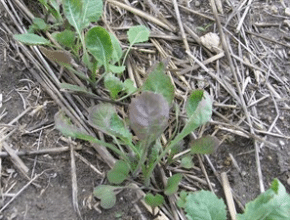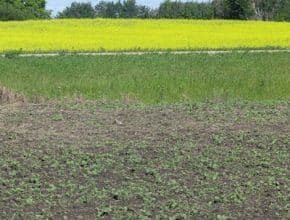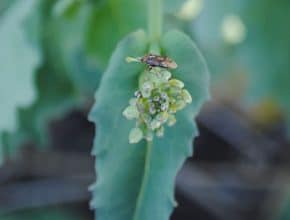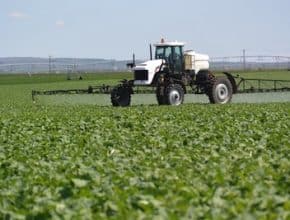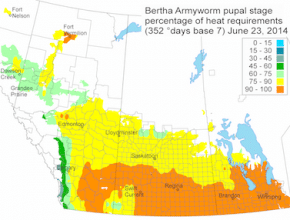What happens to canola plants that are underwater for a few days? Here’s a detailed explanation from Murray Hartman, oilseed specialist with Alberta Agriculture and Rural Development…
Canola Watch Posts
-
-
-
Canola crops side by side can have different risk factors, and often do not require the same crop management for nutrients, weeds, insects and disease. Crop rotation, fertilizer rates, plant population, stand uniformity and crop stage are a few factors that can influence whether one crop needs a treatment while the other right beside may not…
-
Here are best management practices to be friendly with bees and beekeepers…
-
Insecticide to control lygus present at the bud stage of canola is rarely effective or economical, and there is no threshold for this stage. Under good growing conditions, canola can grow through this early damage without any yield loss. In fact, lygus studies show that light early feeding on healthy canola crops can actually increase flowers and pods and, ultimately,…
-
-
Better late than never? Herbicide spray windows are closing but some fields still have major weed issues. Does the yield risk from herbicide damage outweigh the yield benefit from zapping that weed competition? Plane truth. You have to knock back those weeds, and now. Sometimes that means hiring a plane when field conditions are just too soggy for your ground…
-
This map from Agriculture and Agri-Food Canada shows the regions where growing degree days (Base 7°C) have reached sufficient levels to trigger emergence of bertha armyworm adults from pupae. Adults will start emerging in orange areas. As adults emerge, they will start showing up in traps all across the Prairies. Keep tabs on cumulative adult counts over the next weeks…
-
What nutrient does this plant need? The quiz this week is about identifying and treated nutrient deficiencies…

